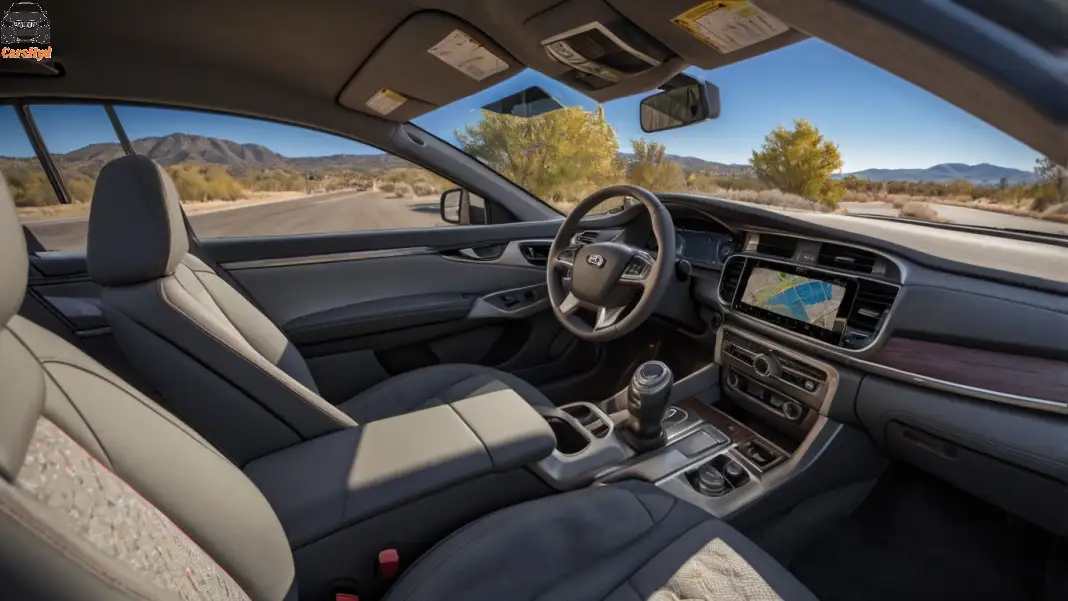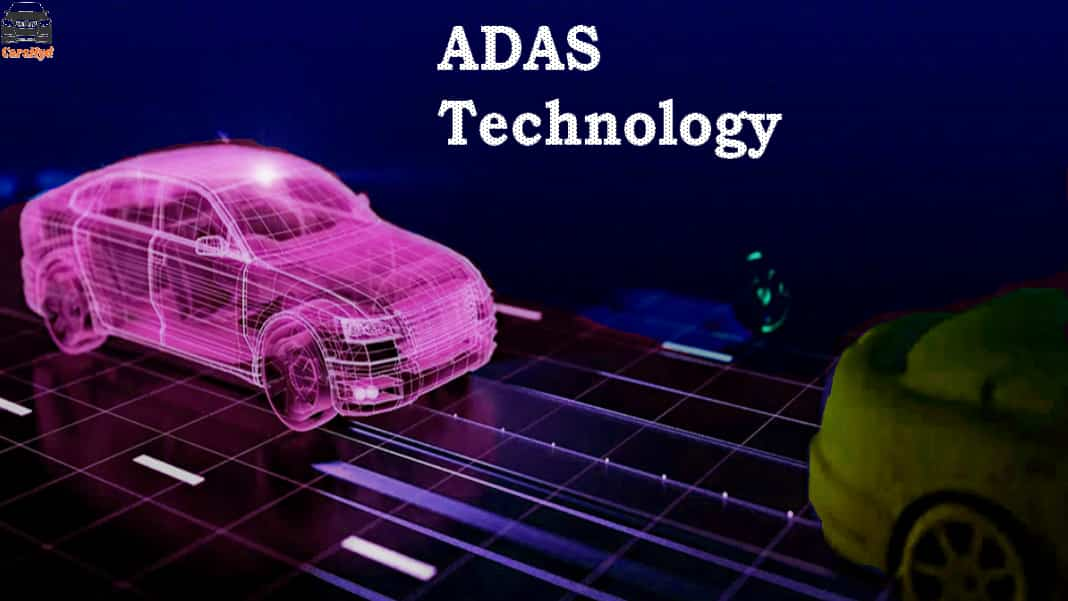The landscape of automotive technology is undergoing a significant transformation with the introduction and advancement of Advanced Driver Assistance Systems (ADAS). These systems are designed to enhance vehicle safety and improve the driving experience. By integrating technologies such as adaptive cruise control, lane-keeping assist, and semi-autonomous driving features, ADAS represents a major leap forward in how vehicles interact with their drivers and the environment. This article explores the evolution of ADAS, its current technologies, benefits, challenges, and the future outlook.
Table of contents
Understanding Advanced Driver Assistance Systems (ADAS)

Advanced Driver Assistance Systems (ADAS) refer to a range of technologies designed to improve vehicle safety and assist drivers in various driving conditions. These systems use sensors, cameras, radar, and software to provide real-time information and support, helping drivers make safer and more informed decisions.
The primary goal of ADAS is to reduce the likelihood of accidents and enhance overall road safety. By providing features that support situational awareness and automate certain driving tasks, ADAS aims to prevent collisions, avoid road hazards, and improve driving comfort.
Technologies Such as Adaptive Cruise Control

One of the most notable technologies such as adaptive cruise control within ADAS is adaptive cruise control (ACC). This feature extends the functionality of traditional cruise control by automatically adjusting the vehicle’s speed to maintain a safe distance from the car ahead. Using radar or cameras, ACC monitors the traffic situation and adjusts the vehicle’s speed based on the detected distance and speed of the vehicle in front.
For instance, if the vehicle ahead slows down, ACC will automatically reduce the speed of your vehicle to maintain the preset distance. Once the road is clear, ACC will gradually accelerate back to the desired speed. This not only enhances safety but also reduces driver fatigue during long drives.
Lane-Keeping Assist
Another key component of ADAS is lane-keeping assist. This system uses cameras mounted on the vehicle to monitor lane markings on the road. If the system detects unintended lane departure without signaling, it will provide visual or audible alerts to the driver. In some cases, lane-keeping assist can even apply steering inputs to help the driver stay within their lane.
Lane-keeping assist is particularly beneficial on long highway journeys, where driver fatigue can increase the risk of lane drifting. By actively helping the driver stay centered in their lane, this technology contributes significantly to road safety and reduces the likelihood of accidental lane departure.
Semi-Autonomous Driving Features
The realm of semi-autonomous driving features represents a significant advancement in ADAS technology. These features allow the vehicle to perform some driving tasks with minimal input from the driver. Semi-autonomous systems often combine various ADAS technologies, such as adaptive cruise control, lane-keeping assist, and automatic emergency braking, to provide a higher level of driving automation.
One prominent example of semi-autonomous driving features is Tesla’s Autopilot system. This system integrates adaptive cruise control, lane-keeping assist, and other features to enable hands-free driving in certain conditions. While the driver must remain attentive and ready to take control at any moment, these features represent a significant step towards fully autonomous vehicles.
Benefits of Advanced Driver Assistance Systems (ADAS)
The adoption of ADAS brings numerous benefits to both drivers and passengers. Here are some key advantages:
- Enhanced Safety: The primary benefit of ADAS is its contribution to enhanced safety. By providing features such as adaptive cruise control and lane-keeping assist, ADAS helps prevent accidents and reduce the severity of collisions. These systems improve situational awareness and provide critical support in challenging driving conditions.
- Reduced Driver Fatigue: ADAS technologies, such as adaptive cruise control, reduce the need for constant manual adjustments, thereby decreasing driver fatigue. This is especially valuable on long journeys where continuous attention to speed and lane position can become tiring.
- Improved Driving Comfort: Features like lane-keeping assist and semi-autonomous driving capabilities contribute to a more comfortable driving experience. By automating certain tasks, ADAS helps make driving more relaxing and less stressful.
- Increased Convenience: ADAS provides convenience features that make everyday driving easier. For example, parking assist systems can help drivers park their vehicles safely and accurately, reducing the stress associated with parking in tight spaces.
Challenges and Considerations
While ADAS offers significant benefits, it also presents some challenges and considerations:
- Cost: ADAS technologies can add to the overall cost of a vehicle. Advanced systems may come as part of optional packages or higher trim levels, making them less accessible to budget-conscious buyers.
- Complexity: The complexity of ADAS systems can sometimes lead to confusion or misuse. Drivers must understand how to use these systems effectively and remain aware of their limitations. Misunderstanding the capabilities of ADAS can lead to overreliance on these systems, which may compromise safety.
- Maintenance: The advanced sensors and cameras used in ADAS require regular maintenance and calibration to function correctly. This can add to the cost of ownership and may require specialized service from dealerships or repair shops.
- Ethical and Legal Issues: The development of semi-autonomous driving features raises ethical and legal questions. Issues such as liability in the event of an accident involving semi-autonomous systems and the need for updated regulations are areas that need ongoing attention.
The Future of Advanced Driver Assistance Systems (ADAS)
The future of ADAS looks promising, with continued advancements expected to enhance vehicle safety and driving comfort further. Here are some anticipated developments:
- Integration with Autonomous Vehicles: As the technology for fully autonomous vehicles progresses, ADAS will play a crucial role in bridging the gap between current vehicles and fully autonomous systems. Enhanced semi-autonomous driving features will pave the way for more advanced autonomous driving solutions.
- Enhanced Sensor Technologies: Future developments in sensor technologies, such as more advanced radar and camera systems, will improve the accuracy and reliability of ADAS. This will enable more precise detection of road conditions and hazards.
- Artificial Intelligence and Machine Learning: The integration of artificial intelligence (AI) and machine learning will enhance the capabilities of ADAS. These technologies will enable systems to learn from driving patterns and improve their performance over time.
- Vehicle-to-Everything (V2X) Communication: V2X communication technology will enable vehicles to communicate with each other and with infrastructure such as traffic signals and road signs. This will enhance the effectiveness of ADAS by providing more comprehensive information about the driving environment.
Conclusion
In short? Advanced Driver Assistance Systems (ADAS) represent a significant leap forward in automotive technology, offering enhanced safety, comfort, and convenience. Technologies such as adaptive cruise control, lane-keeping assist, and semi-autonomous driving features are transforming the driving experience and setting the stage for future advancements. While challenges remain, the continued evolution of ADAS promises to make driving safer and more enjoyable for everyone. As technology progresses, the integration of AI, advanced sensors, and V2X communication will further enhance the capabilities of ADAS, shaping the future of transportation.





















